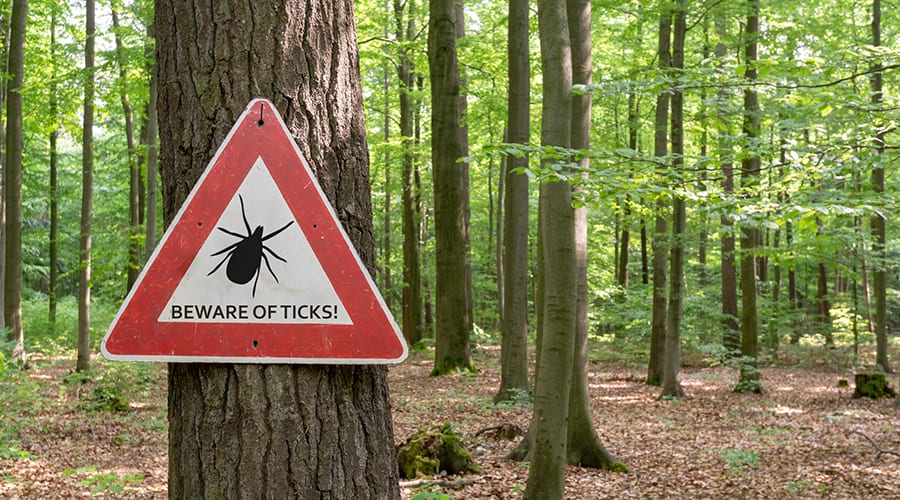
Infections becoming more common, experts say
The rare but deadly pathogen known as the Powassan virus has its similarities to Lyme disease. It’s spread by the black-legged deer tick, the same one that infects people with Lyme disease.
Unfortunately, there’s no known cure for Powassan virus or even an effective treatment. The virus is fatal in about 15 percent of people who are infected and results in permanent neurological disease in 50 percent or more of those infected.
An 80-year-old Hampton, NJ man was a recent victim, developing a fever one morning in May followed quickly by tremors and an inability to speak. He passed away in the hospital 10 days later.
“There has been an important change in the ecology of Powassan virus in that the deer tick has recently become infected with the virus. Until a few decades ago, it was only transmitted by a tick species that does not commonly bite humans and human cases were extremely rare,” explained Durland Fish, Ph.D., professor emeritus of Epidemiology, Yale School of Public Health, New Haven, CT. “This recent change in the ecology of the Powassan virus has caused concern within the public health community.”
Annual cases averaged about 10 per year until the number increased to 21 cases in 2016 and 32 in 2017. As the geographical range of Lyme disease increases, so will that of Powassan.





